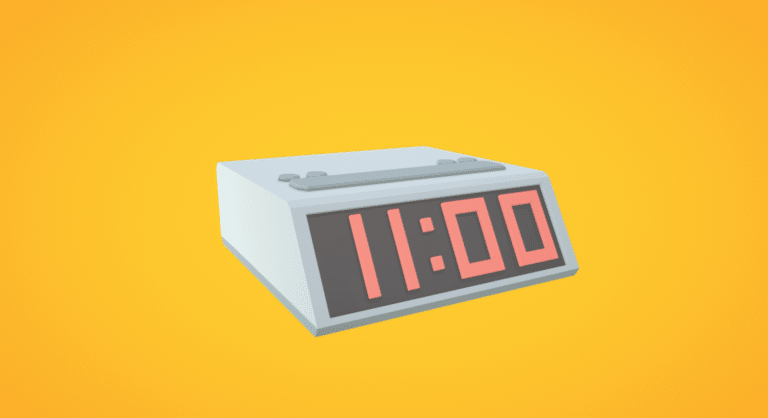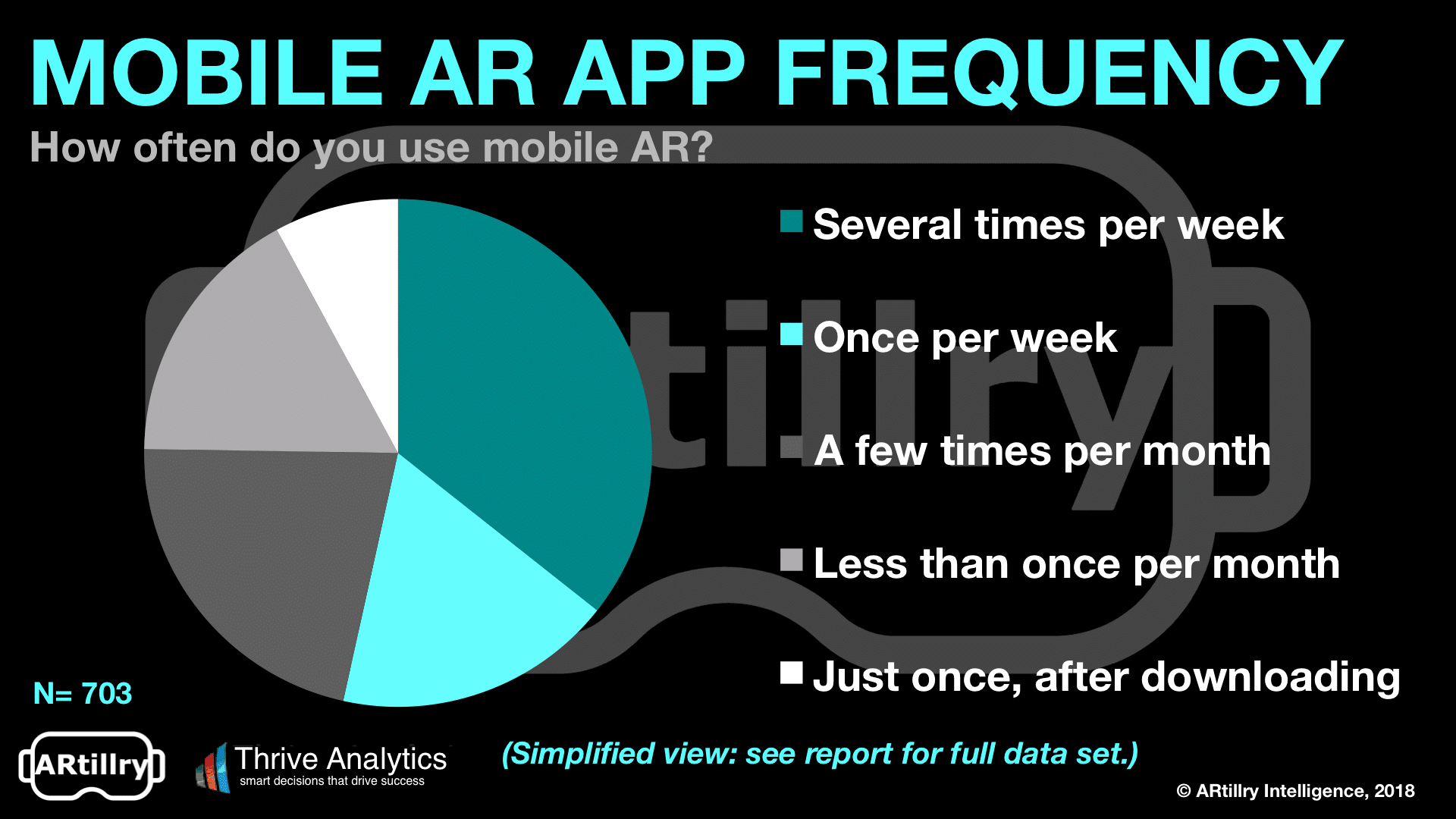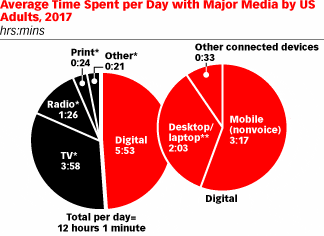
There are lots of metrics we use to gauge XR industry health and opportunity. These include everything from user adoption (app downloads) to addressable market (hardware installed base) to growth trends (market sizing & forecasting).
Another metric we’ll add to this discussion is usage frequency. Beyond how many people adopt AR, it’s important to go one level deeper into “how often?. This applies a key metric from the smartphone era — monthly active users — in looking beyond vanity metrics like downloads.
We recently did this in our consumer survey with Thrive analytics, discovering that AR’s usage frequency shows strong signals. This will be important to lay a foundation for revenue models that hinge on sufficient engagement, including commerce, in app purchases or ads.

Zero-Sum Game
But it also helps to look at the capacity for that usage. In other words, what’s the ceiling on active use? What’s the realistic limit that people can engage with AR or VR in a given day? The common wisdom is that AR has the edge, due to less isolation and technological invasiveness.
“VR is something that we hope that people will do once per day if we’re lucky,” said Google XR partnerships lead Aaron Luber recently. “VR, we’re learning, is focused on entertainment…AR is more focused in utility and things that people are going to do multiple times per day.”
One challenge for VR is that when a new technology is designated in that “entertainment” bucket, it’s growth and monetization potential are limited to a finite daypart. It’s forced to compete with TV, radio, Internet and others for a fixed pie (with some overlap) of regimented media per day.
To put that into perspective, these media types have battled it out for years for consumer time and attention. Those time shares have shifted a bit, especially towards digital media and away from traditional media like TV, but the total pie remains a 12-hour (mostly) zero-sum game.

Finding Micro-Moments
There’s an exception to these fixed-pie limitations. Every decade or so, there is an inflection in the size of the pie, which causes a land-grab for consumer attention. For example, smartphones unlocked hours of the day that were previously unavailable for media and content consumption.
This is what Google called “micro-moments.” It’s the content-snacking moments when you’re in line at the grocery store or on the subway. It’s the quick-hit moments to get a fix of email, Snapchat, Candy Crush, or whatever. The point is that the total time for media got larger.
There are a few trends leading towards another inflection point for daily media time, which is good for any new competing formats like XR. The first trend, at least for AR, is wearables. Smart glasses will enable a more user-friendly way to consume snackable AR throughout the day.
Of course that day is a bit further away, given that today’s standards in head-worn AR aren’t sleek/light/cheap enough for stylistic requirements of consumer markets. Apple’s rumored smart glasses (circa 2021) could start to change that, but we’re nowhere near ubiquitous wearables.

Bigger Pie
Speaking of nascent but promising, self-driving cars are another way more media time will open up. It’s a question of what we’ll do in the car when no longer driving? That will incite a land grab — including the average 52-minute round trip commute — for XR (especially VR) to stake a claim.
A few nearer-term events could also grow usage. Though it won’t increase the number of media hours per day, standalone VR could carve out a bigger share within the existing pie (at the expense of TV). For example, Oculus Go’s frictionless session launches could boost VR active use.
Lastly, micro-moments will emerge from what we call “AR audio.” It’s subtlety as an ambient audio channel makes it conducive to all-day use. And the hardware (think: airpods) are closer to realistic ubiquity than the wearable form factor (glasses) that will carry its graphical cousin.
In the meantime, the scalable format is mobile apps. Though not ideal, it’s the good-enough stepping stone for AR that achieves scale due to smartphone ubiquity. Once again, this stage of XR is all about trading specs for scale. The next stage will hopefully start to combine them.
For deeper XR data and intelligence, join ARtillery PRO and subscribe to the free AR Insider Weekly newsletter.
Disclosure: AR Insider has no financial stake in the companies mentioned in this post, nor received payment for its production. Disclosure and ethics policy can be seen here.
Header image credit: Google Poly
